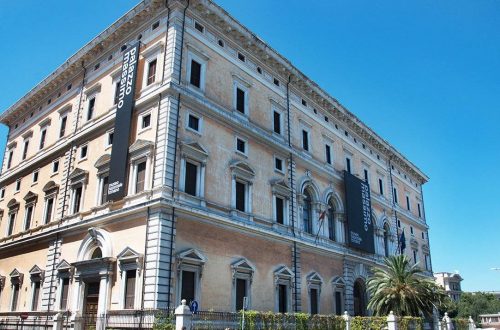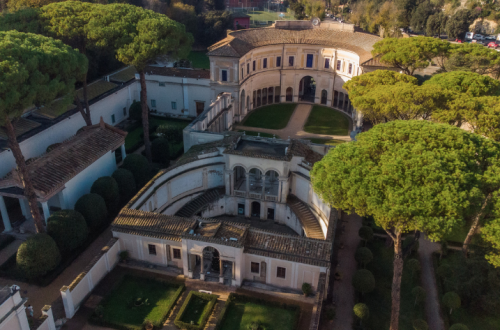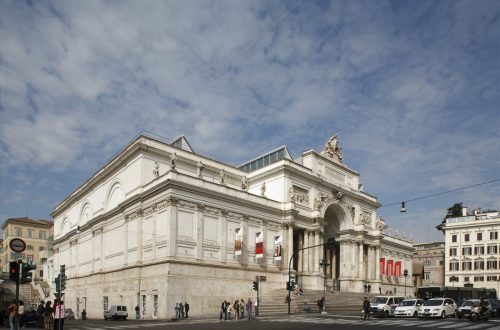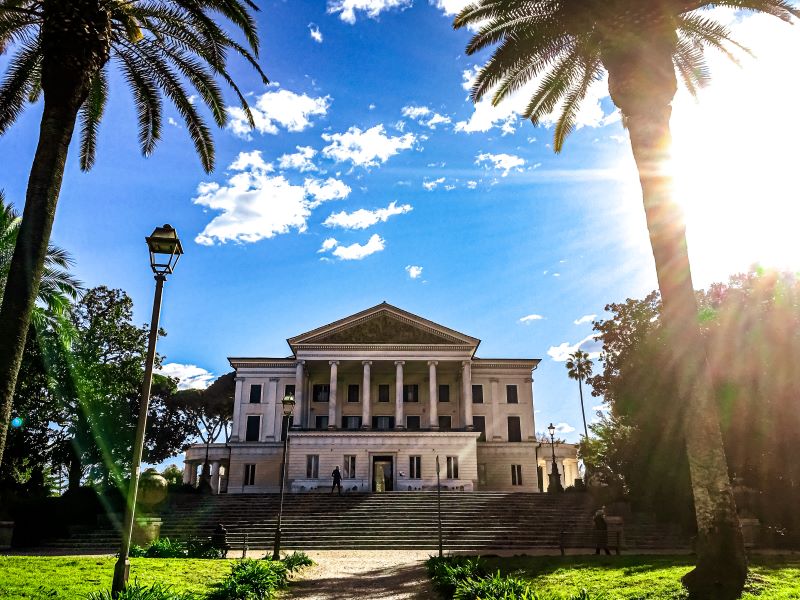
Villa Torlonia
Villa Torlonia is a historical villa located in Rome, Italy. Here are some key points about Villa Torlonia:
Location: Villa Torlonia is situated in the Nomentano neighborhood of Rome, to the northeast of the city center. The address is Via Nomentana, 70, 00161 Rome.
History: The villa was originally owned by the Pamphilj family in the 18th century but later came into the possession of the Torlonia family in the 19th century. Giovanni Torlonia, a wealthy banker, transformed the property into a luxurious residence.
Architecture: The villa features a mix of architectural styles, including neoclassical and eclectic elements. The main building, known as the Casina delle Civette (House of the Owls), is particularly famous for its Art Nouveau style and decorative elements like owls and stained glass windows.
Casina delle Civette (House of the Owls): This small but unique building within the villa complex is characterized by its fairy-tale-like appearance. The name “House of the Owls” comes from the decorative use of owl motifs throughout the structure. The Casina delle Civette is now a museum showcasing Art Nouveau furniture, glassware, and design.
Museums: Villa Torlonia comprises several other buildings and museums, including the Casino dei Principi, the Casino Nobile, and the Limonaia. Each of these spaces has its own historical and architectural significance.
Park and Gardens: The villa is surrounded by a large park with beautifully landscaped gardens. Visitors can stroll through the lush greenery, enjoy the outdoor spaces, and appreciate the sculptures and fountains scattered throughout the grounds.
Public Access: Villa Torlonia is open to the public, allowing visitors to explore the various museums, gardens, and historical structures. The entrance fees may vary depending on the specific areas you wish to visit.
Events and Exhibitions: The villa often hosts cultural events, exhibitions, and performances. It’s a popular venue for art and music events in Rome.
Visiting Villa Torlonia provides a unique opportunity to experience the history, architecture, and art of this fascinating estate. It offers a peaceful retreat from the bustling city, allowing visitors to appreciate both the natural and man-made beauty of the surroundings.
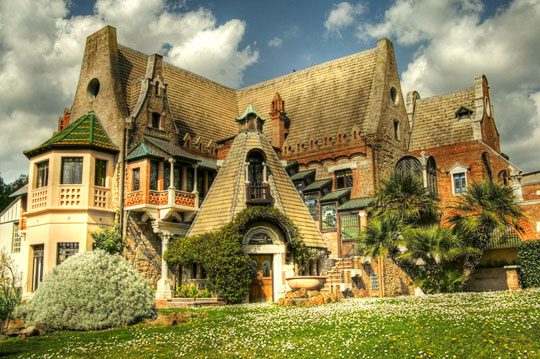
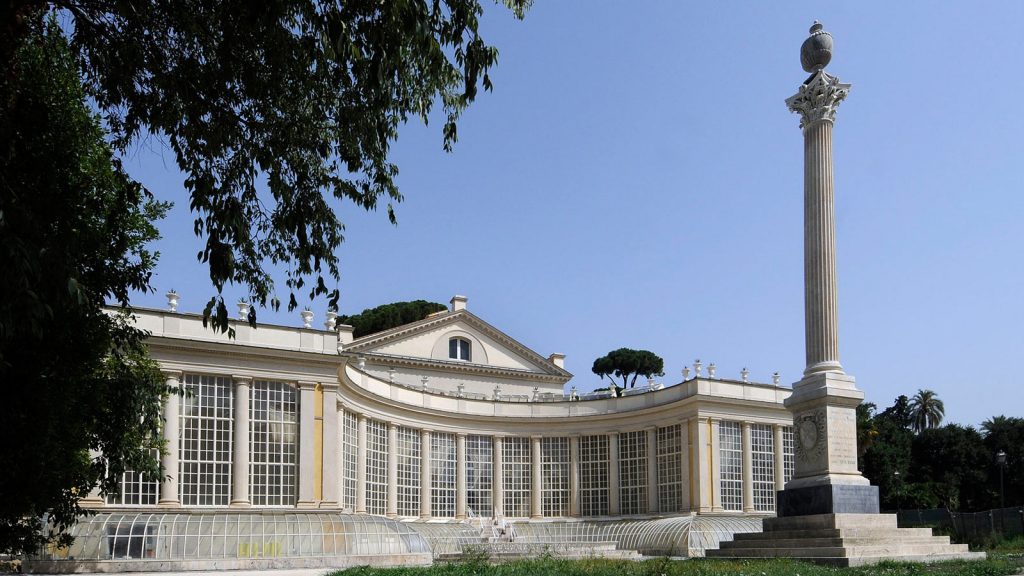
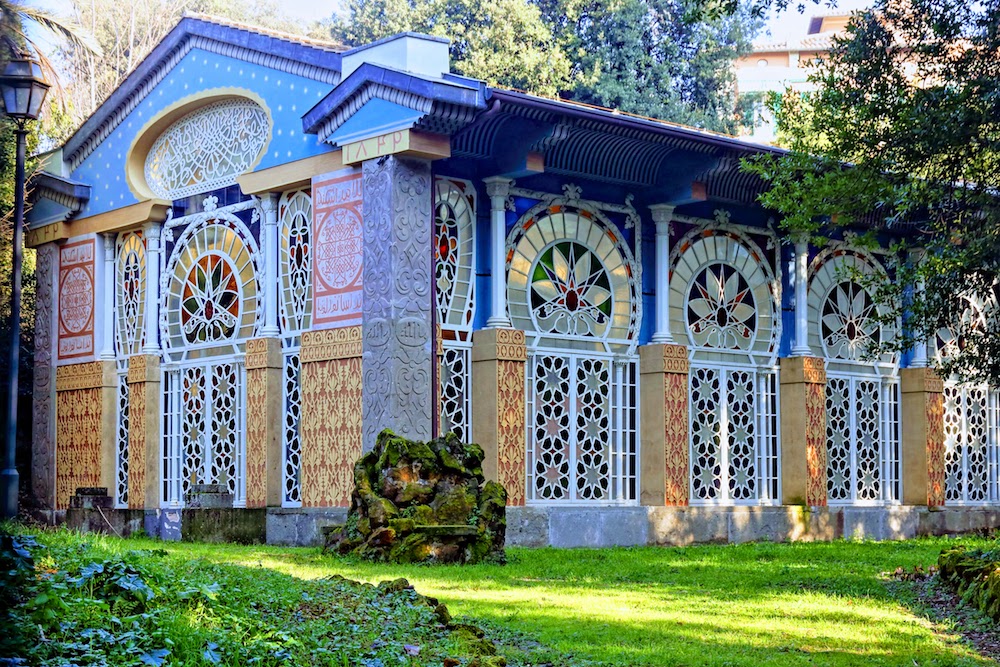
During the 20th century, Villa Torlonia in Rome played a notable role in Italian history, particularly during the era of Benito Mussolini and the Allied occupation of Italy during World War II.
Mussolini and Villa Torlonia:
- Mussolini, the leader of the National Fascist Party, had a complex relationship with Villa Torlonia. In the 1920s, after Mussolini came to power, the Torlonia family was forced to sell the villa to the city of Rome due to financial difficulties.
- Mussolini then used Villa Torlonia as his residence from 1925 to 1943. The villa served as both his official residence and a place for diplomatic meetings and events.
Allied Occupation:
- During World War II, as the Allies advanced through Italy, Villa Torlonia became a focal point in the conflict. In 1944, the villa was seized by the German SS as their regional headquarters in Rome.
- Following the liberation of Rome by the Allies in June 1944, Villa Torlonia was used as the headquarters for the Allied Control Commission, which oversaw the post-war occupation and administration of Italy.
Later Years:
- After the war, Villa Torlonia went through various phases. In the post-war period, the villa was returned to the city of Rome.
- In subsequent years, it underwent restoration and preservation efforts. Some parts of the villa complex were opened to the public, including the museums housed within its buildings.
The Torlonia family is a prominent and wealthy Italian noble family with a history dating back to the 18th century. The family gained prominence in the 19th century, particularly through the financial endeavors of Giovanni Torlonia, who was a successful banker.
Here’s a brief introduction to the Torlonia family:
Origins: The Torlonia family has its origins in France and later migrated to Italy. They became known for their banking and financial activities, which contributed to their rise in prominence.
Giovanni Torlonia: Giovanni Torlonia, born in 1756, played a pivotal role in shaping the family’s fortune. He established himself as a banker and became the financial advisor to Pope Pius VI. His financial acumen and strategic investments significantly increased the family’s wealth.
Villa Torlonia: One of the notable legacies of the Torlonia family is Villa Torlonia in Rome. The family acquired the villa in the 19th century, and Giovanni Torlonia transformed it into a luxurious residence. The villa complex includes various buildings, gardens, and museums, showcasing the family’s architectural and cultural interests.
Art and Culture: The Torlonia family has been patrons of the arts, contributing to the cultural and artistic landscape of Italy. They amassed an impressive collection of art and antiquities, and some of their collections can be found in museums and galleries.
Legacy: The Torlonia family’s legacy is intertwined with Rome’s history, financial institutions, and cultural heritage. Over the years, the family has played a significant role in shaping the economic and cultural landscape of Italy.
It’s important to note that the Torlonia family is known for its privacy, and many details about their wealth and assets have often been kept confidential. The family’s historical significance, particularly in the context of finance and cultural patronage, continues to be acknowledged in Italy.
![]()


